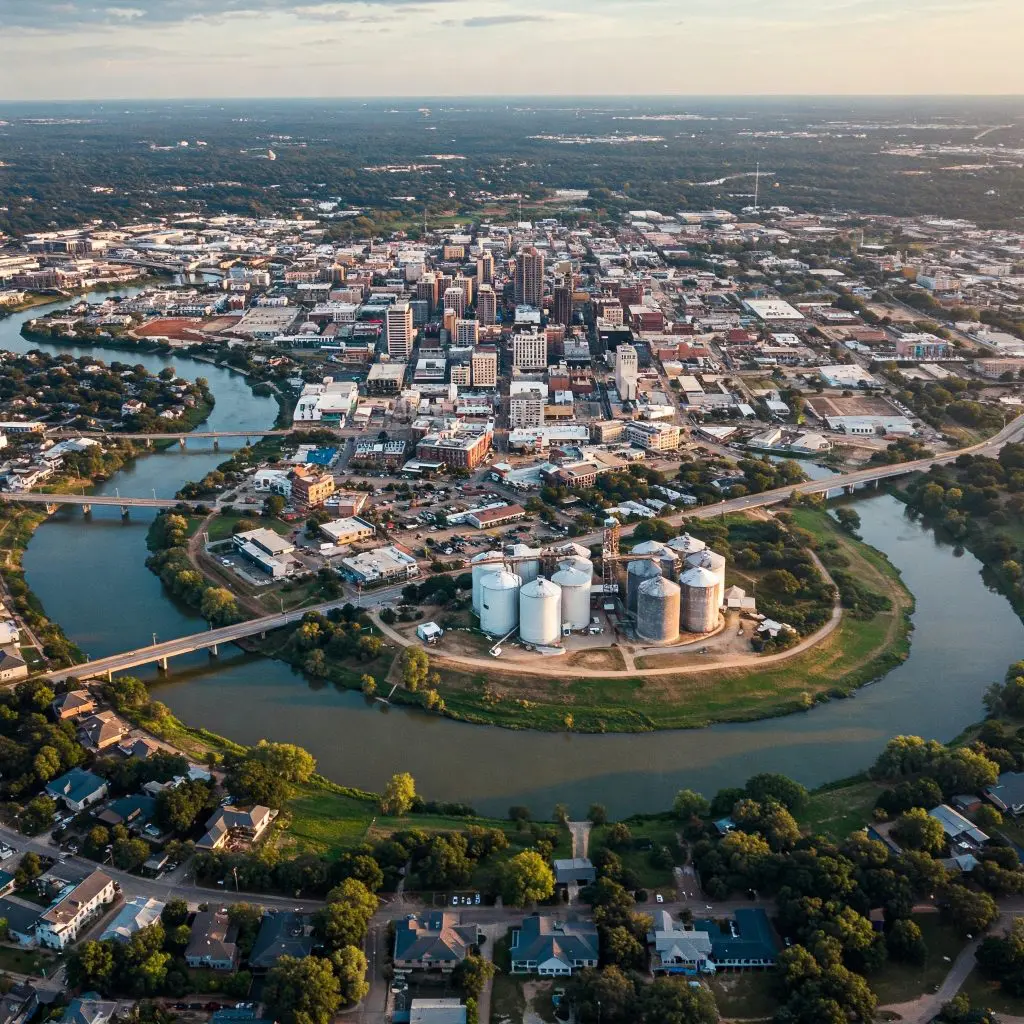Hawaii Inflation Budgeting & Real Estate Investment Guide 2025: State-Specific Strategies
As inflation continues to shape economic landscapes in the United States, it is crucial for investors, homeowners, and renters to understand how to protect their financial future. The state of Hawaii presents unique opportunities and challenges during high inflation periods, given its geographic isolation, thriving tourism sector, constrained land supply, and distinctive economic drivers. This comprehensive guide explores:
- Hawaii Inflation Budgeting & Real Estate Investment Guide 2025: State-Specific Strategies
- Understanding Hawaii’s Economic Landscape & Inflation Trends (2025)
- Budgeting for Inflation in Hawaii: State-Specific Considerations
- Best Real Estate Investment Opportunities: 2025 Focus on Urban Rental Properties
- Local Real Estate Market Analysis by Major Cities/Islands
- Property Tax and State Economic Policies
- State-Specific Inflation Hedging Using Local Real Estate
- Local Success Stories & Case Studies
- Infrastructure Development & Future Growth Areas
- 2025 Hawaii Economic Forecast & Market Projections
- Conclusion: Key Strategies for Investors & Residents
- State-level inflation trends and economic indicators in Hawaii
- Budgeting strategies tailored for local residents facing increased living costs
- Best real estate investment opportunities in Hawaii’s urban centers, with a focus on urban rental properties
- Analysis of property tax policies, local regulatory environment, and investment incentives
- Deep dives into Honolulu, Maui, Kauai, and the Big Island’s real estate markets
- Case studies and actionable strategies for successfully hedging against inflation using Hawaiian real estate
Understanding Hawaii’s Economic Landscape & Inflation Trends (2025)
State Economic Indicators
- GDP Growth Rate (2025 forecast): 2.1% (slightly below national average, due to tourism sector normalization post-pandemic)
- Inflation Rate (2025 YTD): 4.3% (notably higher than the national average, mainly due to supply chain constraints, high shipping/fuel costs, and limited housing supply)
- Unemployment Rate: 3.7% (steady as the leisure/hospitality sector recovers)
- Top economic drivers: Tourism, military, clean energy, agriculture
- Population (2025 estimate): 1.42 million (slow growth, with slight in-migration to Oahu and out-migration from high-cost neighbor islands)
2025 Inflation Impact Highlights:
- Cost of Goods: Shipped goods remain expensive
- Utilities: Among the highest in the US, due to energy imports—solar expansion easing trend in some neighborhoods
- Housing Costs: Median single-family home price on Oahu: $1.1M (2025); median rent for 2BR apartment: $2,750/month
Budgeting for Inflation in Hawaii: State-Specific Considerations
1. Tracking Living Expenses
- Use local spending data (HEI rates for electricity, Board of Water Supply rates, local grocery indexes)
- Factor in higher insurance (wind, flood, and hurricane coverage is a must)
- Explore grocery cooperatives and local farmers’ markets to offset shipping markups
2. Housing and Utilities
- Invest in energy-efficient appliances and solar panels—many Hawaiian counties offer tax rebates and grants in 2025
- For renters: Negotiate for utilities-included leases, which can buffer inflation spikes
- For owners: Refinance to fixed-rate mortgages before further interest rate climbs
3. Transportation
- Consider switching to EVs; state incentives reduce registration fees and offer rebates on new purchases
- Oahu’s HOLO Card for discounted public transit fares—key for Honolulu residents
Best Real Estate Investment Opportunities: 2025 Focus on Urban Rental Properties
Hawaii’s real estate market remains one of America’s most resilient inflation hedges, driven by limited land availability, international interest, and robust demand for both vacation and long-term rentals. In 2025, urban rental properties—particularly on Oahu—offer the best mix of stability, appreciation, and cash flow potential.

Why Urban Rentals?
- Consistent Demand: Short-term rental restrictions have redirected demand to legal long-term rentals
- Rising Rents: Adjustments to cost of living have allowed landlords to increase rates in line with inflation
- Government Incentives: Some counties offer property tax breaks or expedited permitting for rental conversions
Local Real Estate Market Analysis by Major Cities/Islands
1. Honolulu (Oahu)
- Population: 995,000 (2025)
- Rental Market: 65% of Honolulu’s population are renters; high demand for 1-2BR apartments
- Urban Neighborhoods to Watch: Kakaako, Ala Moana, Salt, Kapahulu—growth in mixed-use and vertical condo developments
- Rental Yields: Typically 4-5% annual ROI for well-located condos and apartments
- Regulatory Notes: Short-term vacation rentals (under 90 days) tightly regulated; long-term urban rentals encouraged
2. Kahului/Wailuku (Maui)
- Rental Shortage: Wildfire recovery has cut into local inventory, especially affordable rentals
- Investment Opportunities: Restoration of damaged multifamily units, workforce housing developments
- Rental Yield: 4-6% for long-term urban and near-beach apartments
3. Hilo/Kailua-Kona (Big Island)
- Market Characteristics: Lower prices, slower appreciation—but rising demand near university and hospital hubs
- Opportunities: Student housing, healthcare-worker oriented rentals
- Regulatory Notes: Land use laws favor multifamily unit development in urban zones, with new affordable housing initiatives in 2025
4. Lihue/Princeville (Kauai)
- Tourism Resilience: Continued demand for both long-term and seasoned workforce rentals
- Constraints: Smaller market, but high rental premiums and stable cash flow
Property Tax and State Economic Policies
- Property Tax Rates: Hawaii has the lowest effective property tax rate (~0.30%) but high home values offset this advantage
- Investment Incentives: Renewable energy tax credits, affordable housing construction tax breaks, workforce rental development grants in select counties
- 2025 Regulatory Environment: Expansion of Tenant Bill of Rights, stricter regulations on illegal vacation rentals, push for more transit-oriented developments in Honolulu
State-Specific Inflation Hedging Using Local Real Estate
- Locking in Below-Market Rates: Long-term rental leases indexed to inflation protect landlords’ purchasing power
- Avoiding Volatility: Well-located urban rentals on Oahu are less prone to downturns compared to luxury vacation properties
- Tax Advantages: Depreciation deductions, deductible mortgage interest, and property tax stability strengthen cash flow
Local Success Stories & Case Studies
Case Study: Urban Apartment Investment in Kakaako, Honolulu
In 2020, a local investor purchased a 2-bedroom apartment in the heart of Kakaako for $725,000. By 2025, rents have climbed from $2,400 to $2,950 a month. While property values increased around 5% per year, rising rents elevated the property’s cash-on-cash return to 6.4%. Thanks to Hawaii’s low property taxes and judicious use of renewable energy credits for installing solar panels, the investor not only maintained profit margins but outperformed mainland urban rental yields during the inflationary period.
Need capital? GHC Funding offers flexible funding solutions to support your business growth or real estate projects. Discover fast, reliable financing options today!
Test Your Expertise: The Complexities of the 1031 Exchange

As a sophisticated real estate investor, you understand that the 1031 Exchange is a cornerstone strategy for tax deferral and wealth accumulation. But beyond the basics, the intricacies of the 1031 Exchange rules can pose significant challenges. This quiz is designed to test your in-depth knowledge and highlight critical nuances that separate casual investors from true experts in 1031 Exchange transactions.
Instructions: Choose the best answer for each question.
⚡ Key Flexible Funding Options
GHC Funding everages financing types that prioritize asset value and cash flow over lengthy financial history checks:
-
Bridge Loans: These are short-term loans used to "bridge the gap" between an immediate need for capital and securing permanent financing (like a traditional loan or sale). They are known for fast closing and are often asset-collateralized, making them ideal for time-sensitive real estate acquisitions or value-add projects.
-
DSCR Loans (Debt Service Coverage Ratio): Primarily for real estate investors, these loans are underwritten based on the property's rental income vs. debt obligation ($\text{DSCR} = \text{Net Operating Income} / \text{Total Debt Service}$), not the borrower's personal income or tax returns. This offers flexibility for those with complex finances.
-
SBA Loans: The Small Business Administration (SBA) guarantees loans offered by partner lenders. While providing excellent terms (long repayment, lower rates), the application process is typically slower than private/bridge funding, often making them less suitable for immediate needs. SBA eligibility heavily relies on the DSCR metric for repayment assessment.
🌐 Learn More
For details on GHC Funding's specific products and to start an application, please visit their homepage:
The Ultimate DSCR Loan for Rental Property Quiz

Are you looking to expand your real estate investment portfolio? A DSCR loan might be the perfect tool to help you achieve your goals without relying on traditional income documentation. Test your knowledge with this quiz to see if you're ready to master the intricacies of a DSCR loan for rental property.
Case Study: Workforce Housing Redevelopment in Kahului, Maui
Another group of investors rebuilt and expanded a 12-unit workforce apartment block post-2023 wildfire with the help of Maui County’s expedited permitting for affordable rentals. Leases indexed to inflation allowed rents to follow local cost-of-living trends, providing stable income and significant appreciation as Maui’s rental supply lagged behind demand.
Infrastructure Development & Future Growth Areas
- Honolulu Rail Transit (HART) Expansion: Likely to spur further urbanization, particularly around new station hubs
- Maui Wildfire Recovery Grants: Driving new construction and property redevelopment opportunities
- Expansion of green energy infrastructure on all major islands encourages higher property values in neighborhoods with grid resilience
2025 Hawaii Economic Forecast & Market Projections
- Gradual return to steady tourism—visitation rates normalize near pre-2019 levels
- Housing demand stays robust in Oahu and Maui, with a persistent rental shortage
- State population growth is stable, with modest in-migration offsetting cost-of-living-driven outflows
- Commercial real estate underperforms residential due to work-from-anywhere trends; urban rental properties are the resilient opportunity
Conclusion: Key Strategies for Investors & Residents
- Prioritize urban rental property investments in Oahu and key cities: Focus on stable neighborhoods close to jobs, transit, and services
- Budget proactively by monitoring utility rates, maximizing local tax incentives, and leveraging inflation-indexed leases wherever possible
- Stay informed of regulatory changes, such as rental property registration and energy rebate expansion
- For residents, participate in local co-ops, take advantage of EV and solar incentives, and lock in long-term housing arrangements
In summary, Hawaii’s real estate markets, especially urban rentals, offer strong inflation-hedging potential for 2025. Smart, state-specific financial planning, attention to state and county incentives, and proactive property management are essential for long-term security and wealth growth in the Aloha State.
Get a No Obligation Quote Today.
✅ Small Business Resources
-
SBA – Small Business Administration
https://www.sba.gov - SCORE Mentors (Free Mentoring & Workshops)
https://www.score.org - Small Business Development Centers (SBDC)
https://americassbdc.org
Are You an SBA Real Estate Loan Expert?

Test your in-depth knowledge on using SBA Loans for owner-occupied commercial Real Estate acquisition. These questions delve into the critical details that can impact your business's growth and financial strategy.



